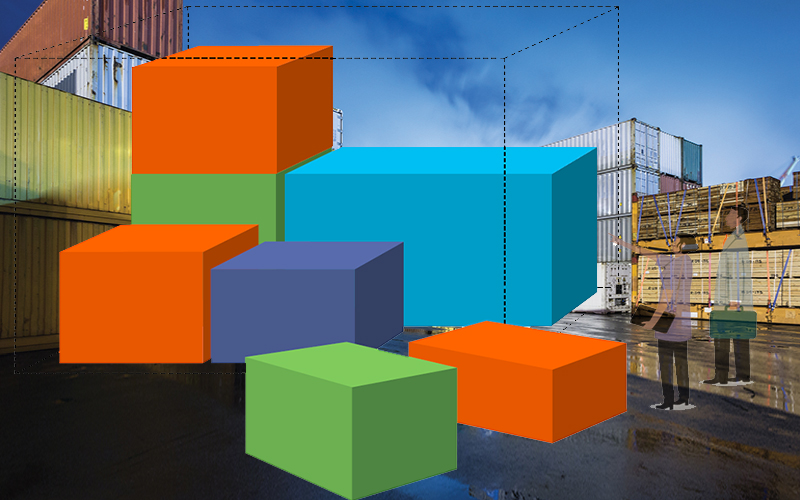Partial truckload shipments - shipments that don’t fill a full truck - are commonplace in supply chains, and they’re often moved by less than truckload (LTL) common carriers or full truckload carriers.
While both are effective, there is a third option that can provide more opportunity for bottom line savings and increased efficiency: freight consolidation.
If you’re sending larger LTL shipments or multiple LTL shipments to the same location or distribution center (DC), consolidation is a viable solution that could help you reach the results you’re looking for.
- Cost savings. Oftentimes, shippers will only use half or two-thirds of a trailer, but have to pay for the entire space. Consolidation services combine multiple LTL shipments that are heading in similar locations into a full truckload, and you pay only for the space your freight takes up.
- Reduced chance of damages. Where LTL uses a hub-and-spoke distribution method with multiple touchpoints, consolidation uses a model that significantly reduces the handling of the product as freight moves from shipper to consolidation center to receiver/consignee. With fewer touchpoints comes less opportunity for product being damaged.
- Speed to market. A consolidation strategy can help get your freight delivered where it needs to be, on your schedule. A provider with large freight volumes can put a plan into place that puts your freight on a truck and on the road, better utilizing truck space and a swifter transportation delivery model.
A Look Inside Our Los Angeles Consolidation Center
With close proximity to the Port of Long Beach and the Port of Los Angeles, a top 50 global port that gets a significant amount of freight from Asia Pacific, C.H. Robinson’s Los Angeles consolidation center sees around 21,000 pallets each month (view video above).
As a gateway facility that’s conveniently close to these ports, our consolidation center handles a lot of retail consumer goods, as well as freight from suppliers around Southern California.
Within 24 to 48 hours of arriving at our facility, pallets are consolidated into full truckload and shipments are aggregated, and our vast network of contract carriers moves the freight to destinations - in this case, mainly retail distribution centers - across the country, based on our customers’ schedule requirements.
A consolidation strategy works for all kinds of freight that travels by air, ocean, and over the road.
Related White Papers
Article topics
Email Sign Up

















